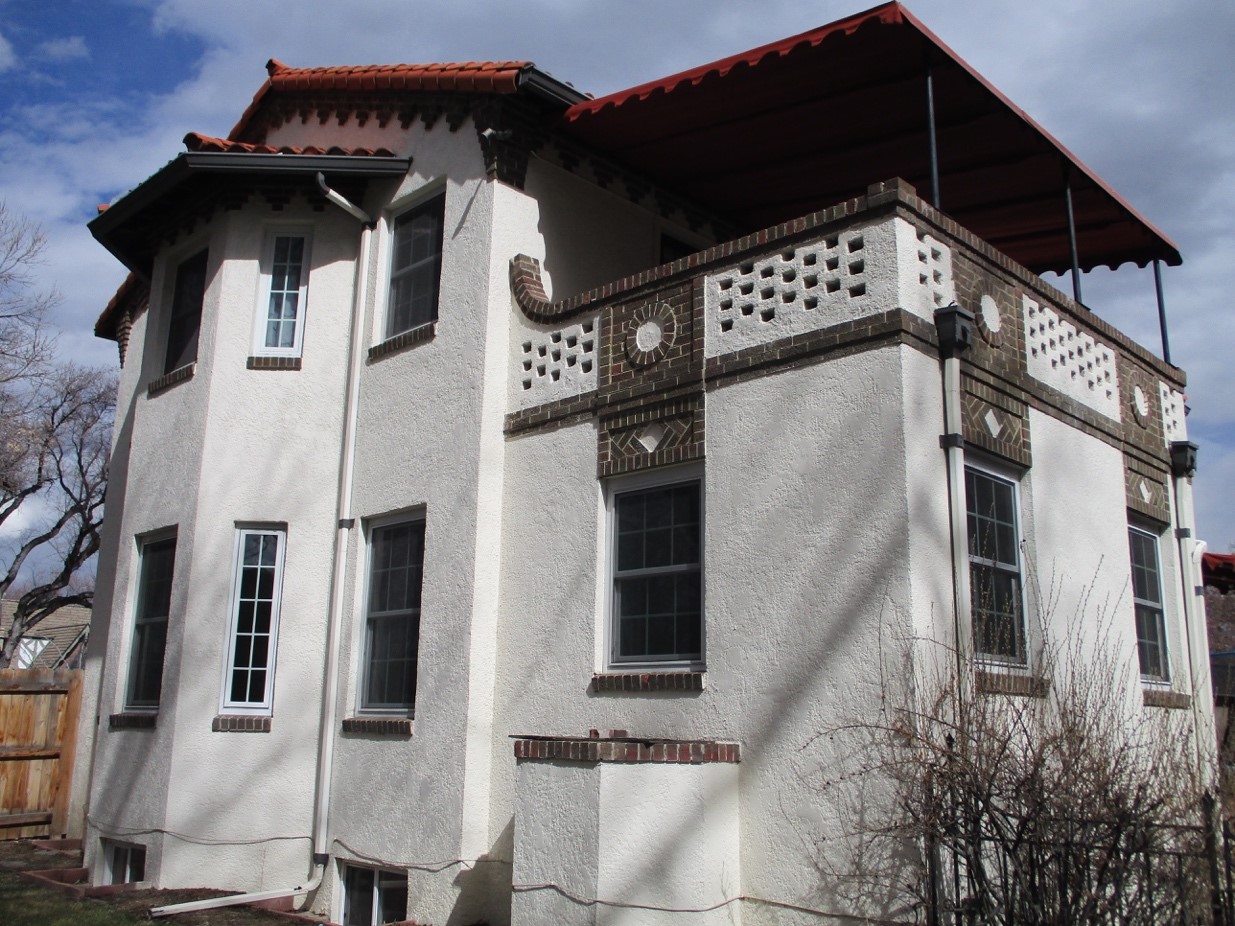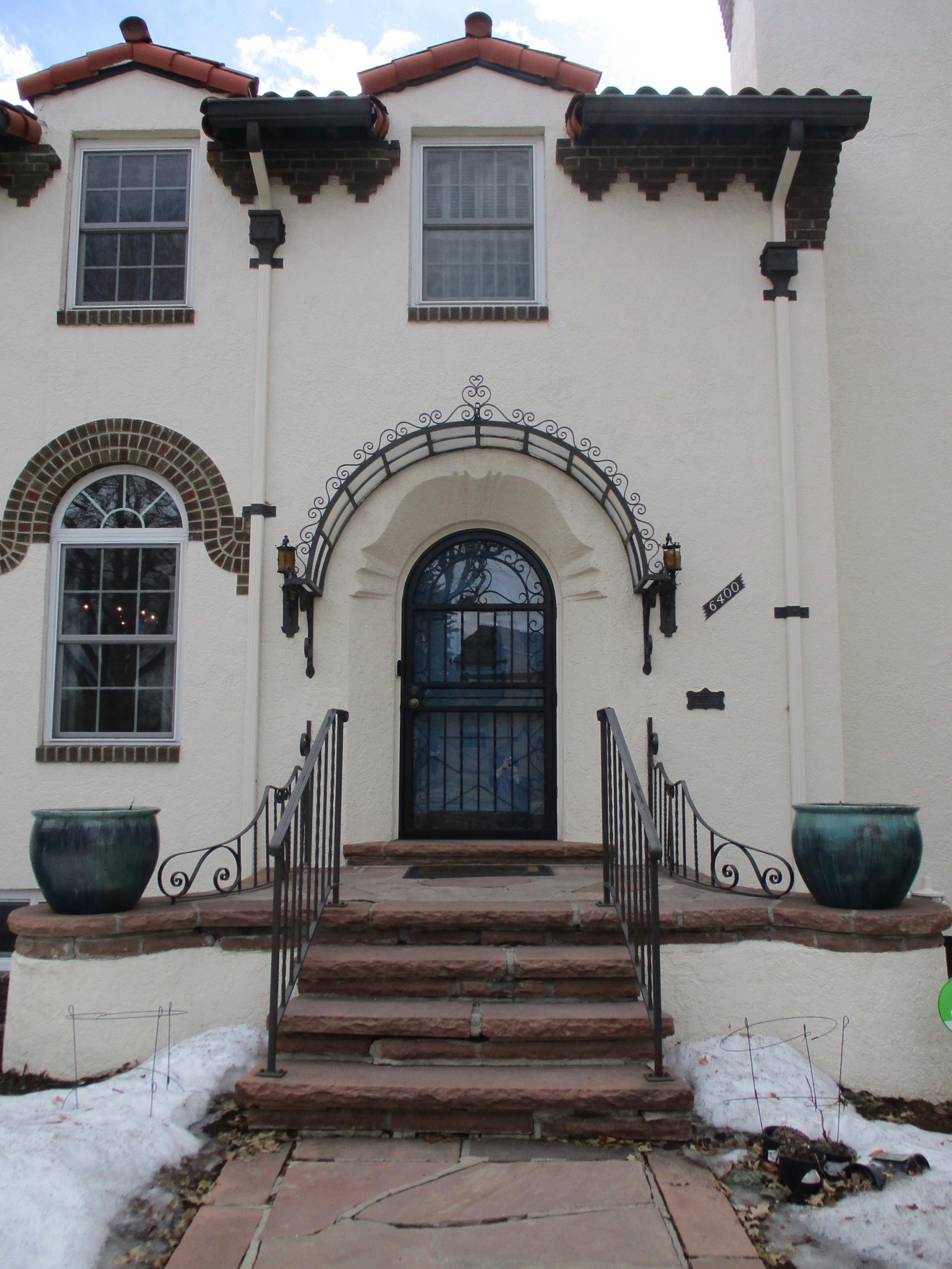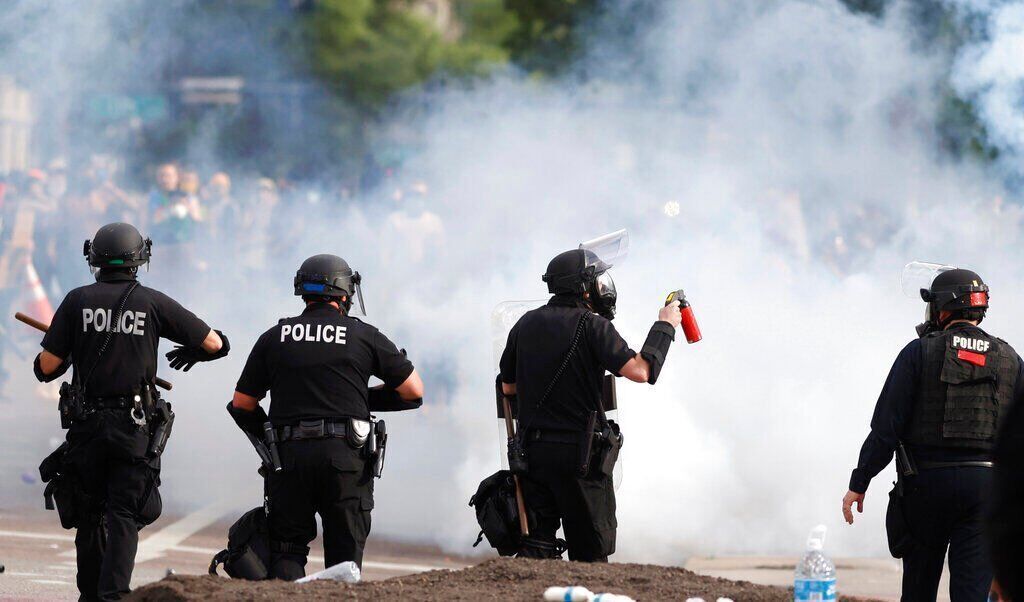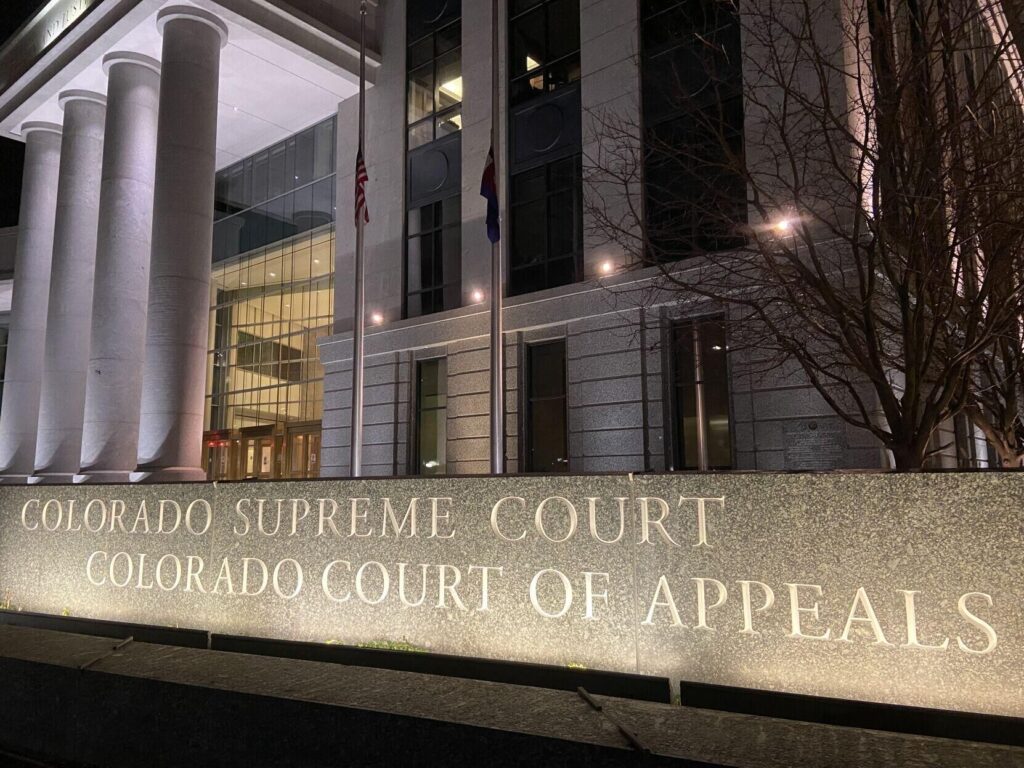South Park Hill mansion becomes Denver’s 352nd local landmark
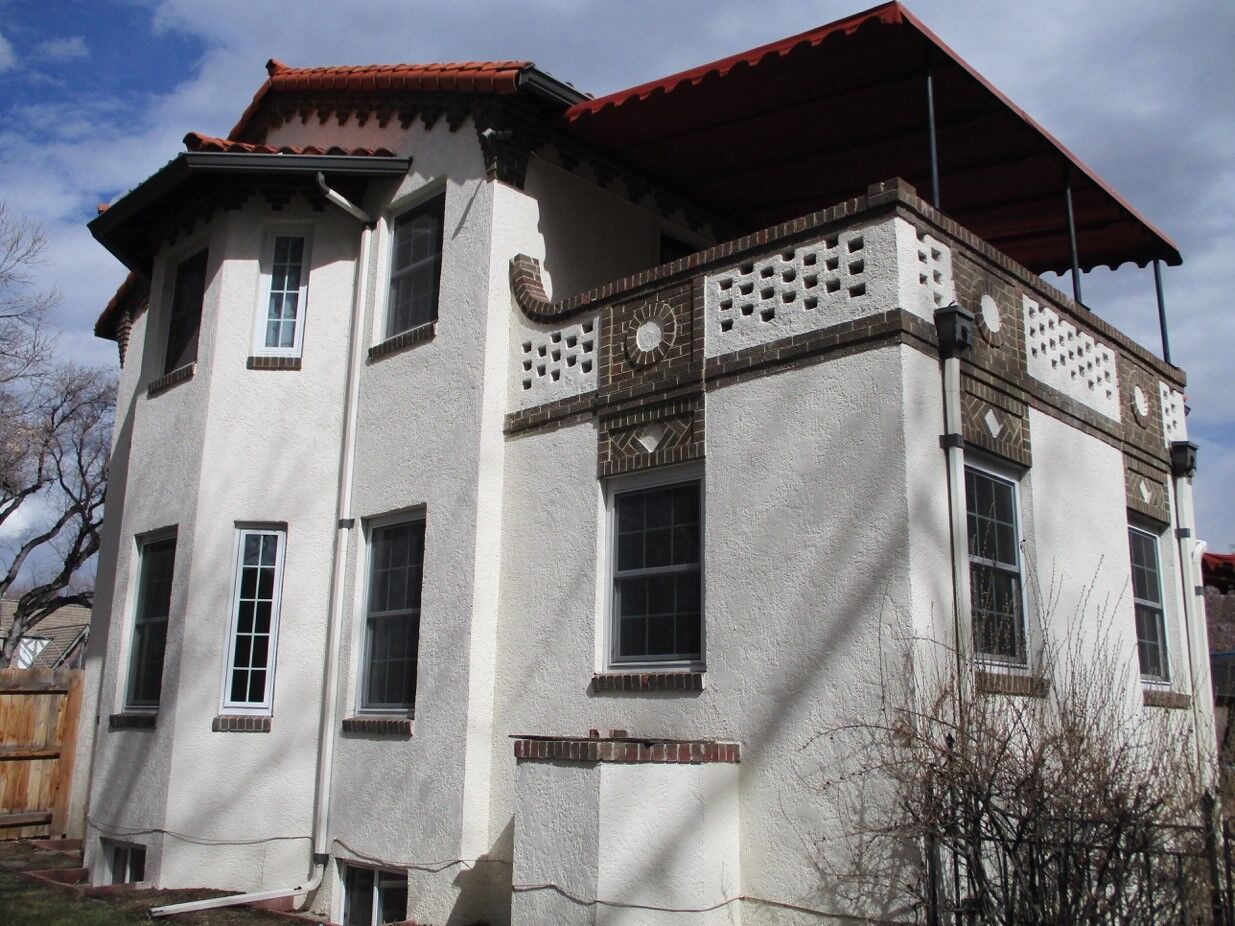
An 84-year-old home in Denver’s Park Hill neighborhood is now preserved as a historical landmark, joining 351 other local structures that share a similar status in the city.
The Denver City Council on Monday approved an application for the landmark designation of a mansion at 6400 Montview Blvd. designed by J. Roger Musick, the architect of the Colorado State Capitol Annex and the Howard Berkeley Park Chapel, a former funeral home that was also preserved by the city, though not without controversy.
Denver developers say the Park Hill home represents the only known “Spanish Eclectic” style residence in city limits, one that boasts “outstanding design qualities.” Its most notable features, Denver Community Planning and Development officials note, is its asymmetrical exterior, stucco walls, multi-leveled roof and “elaborate” chimney.
The mansion was constructed in 1936 during the Great Depression and as the racial segregation that shaped real estate development through redlining efforts took off with the creation of the Federal Housing Administration in 1934.
“Park Hill was an overwhelmingly white-populated neighborhood due to its area description as created by agents of the federal government’s Home Owners’ Loan Corporation,” according to the CPD staff report on the structure. The purchase of this house by the original owner and affluent advertising executive Clarence M. Hower is “consistent with the redlining framework.”
The house was built by Harry M. Bitman, whose career in residential real estate development and construction in Denver stretched from 1928 to 1967. He was president of the Home Realty Company, a founding member of Quality Home Builders, Inc., and also created the Bitman Construction Company.
According to CPD, the home serves as a “significant example of Bitman’s work in Denver” and “stands out among the other large residences along the parkway, making it a recognizable and familiar structure in the South Park Hill neighborhood.”
The Denver Landmark ordinance was first passed by the Denver City Council in 1967 as a way to “designate, preserve, protect, enhance and perpetuate those structures and districts which reflect outstanding elements of the city’s cultural, artistic, social, economic, political, architectural, historic or other heritage,” the bill reads.
